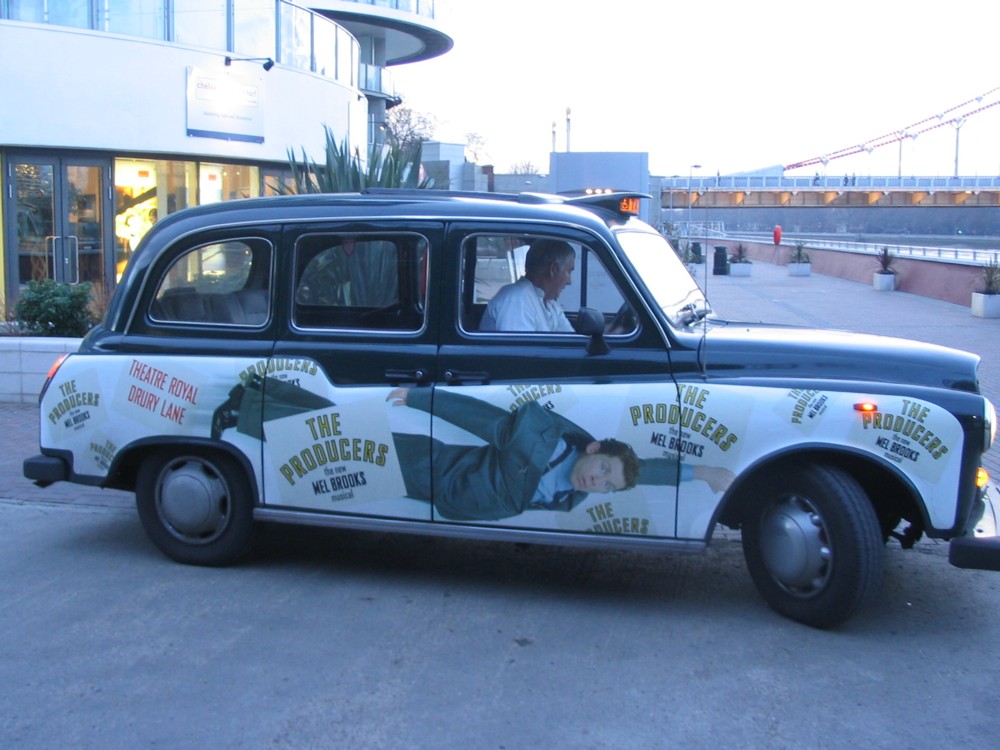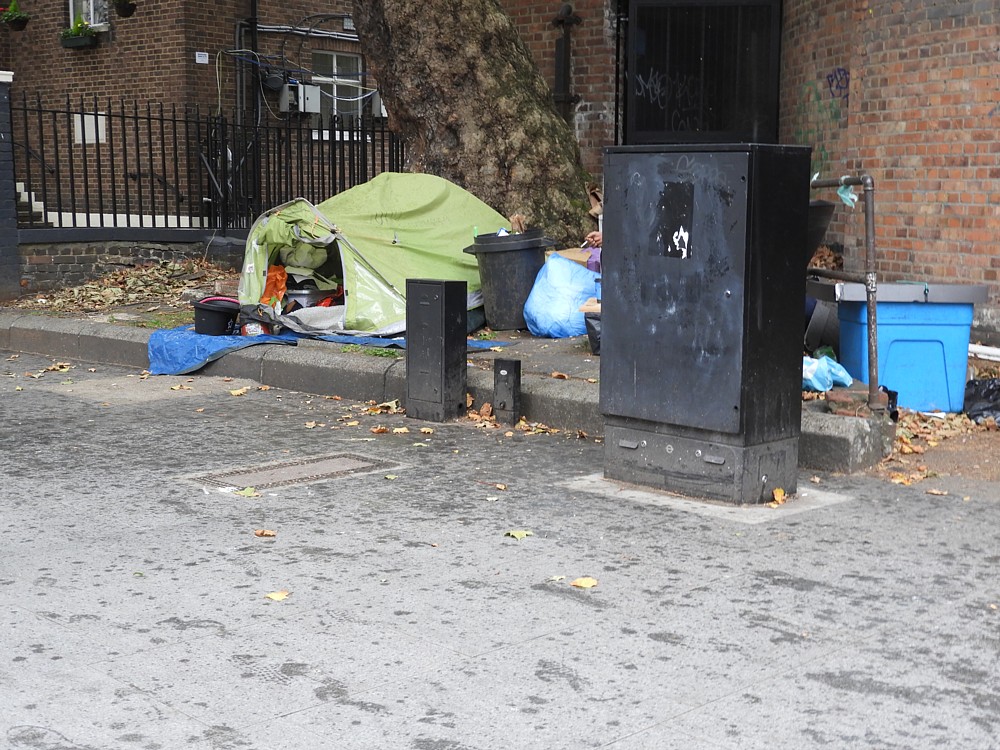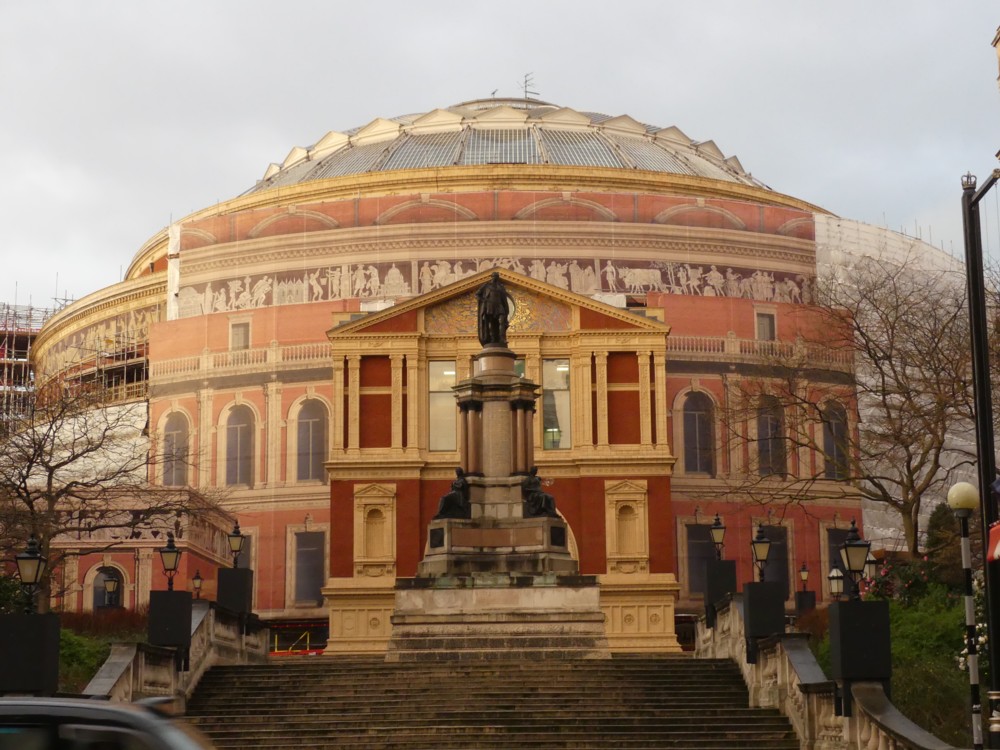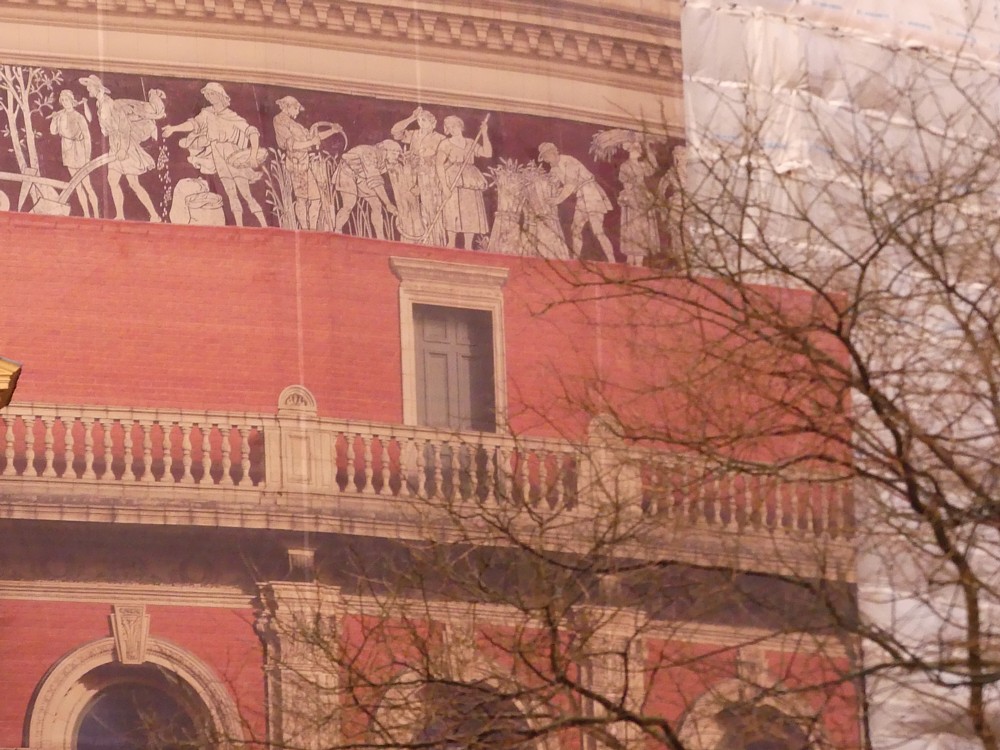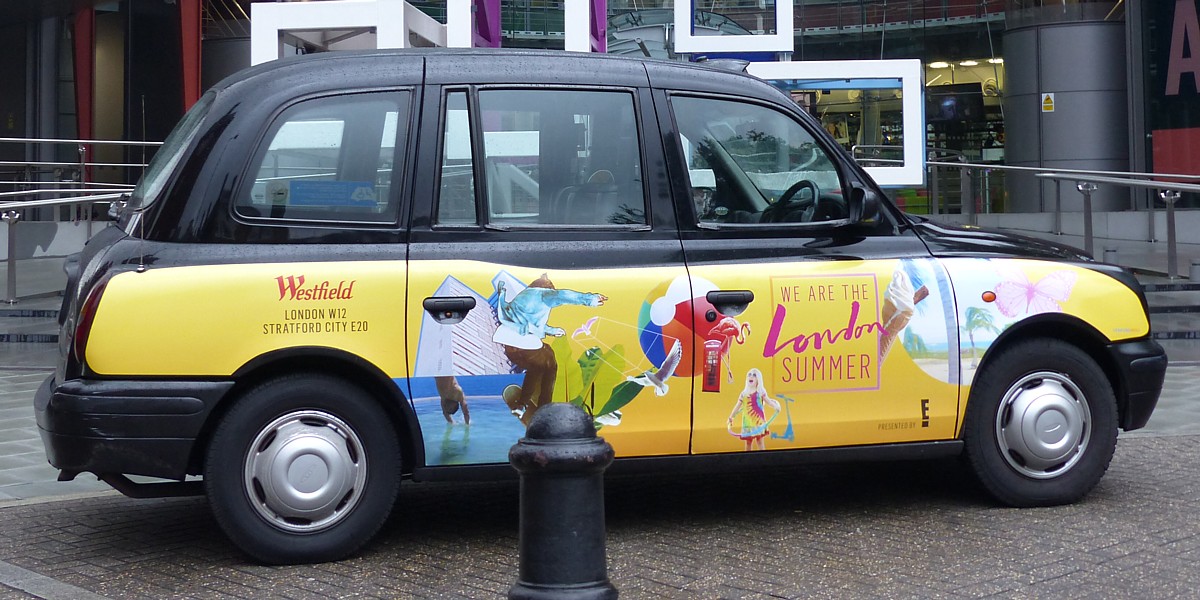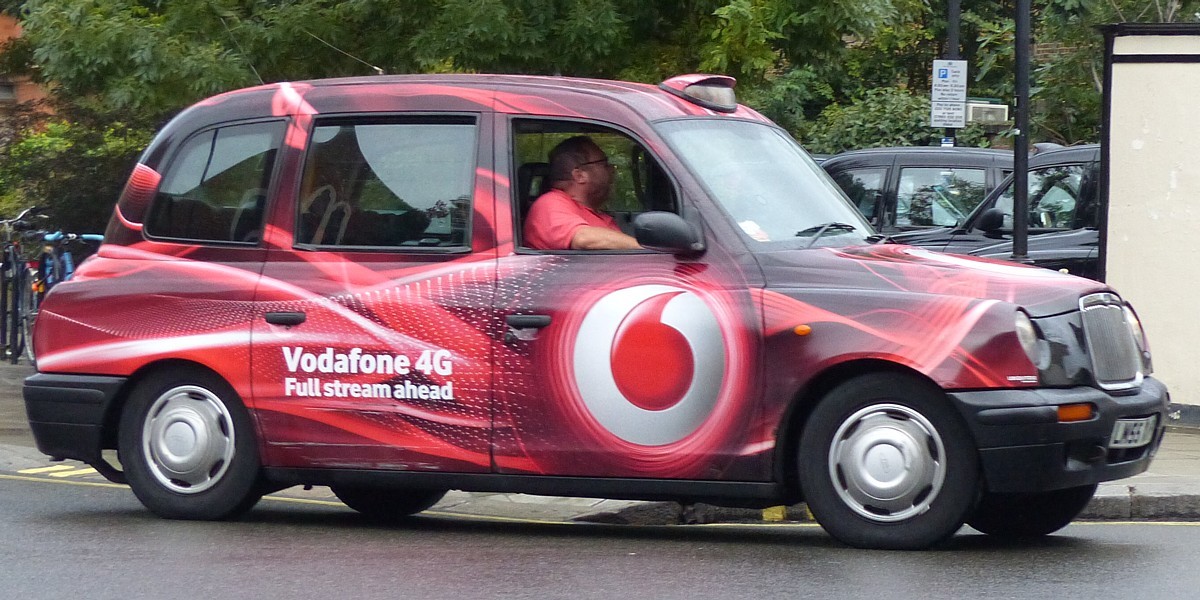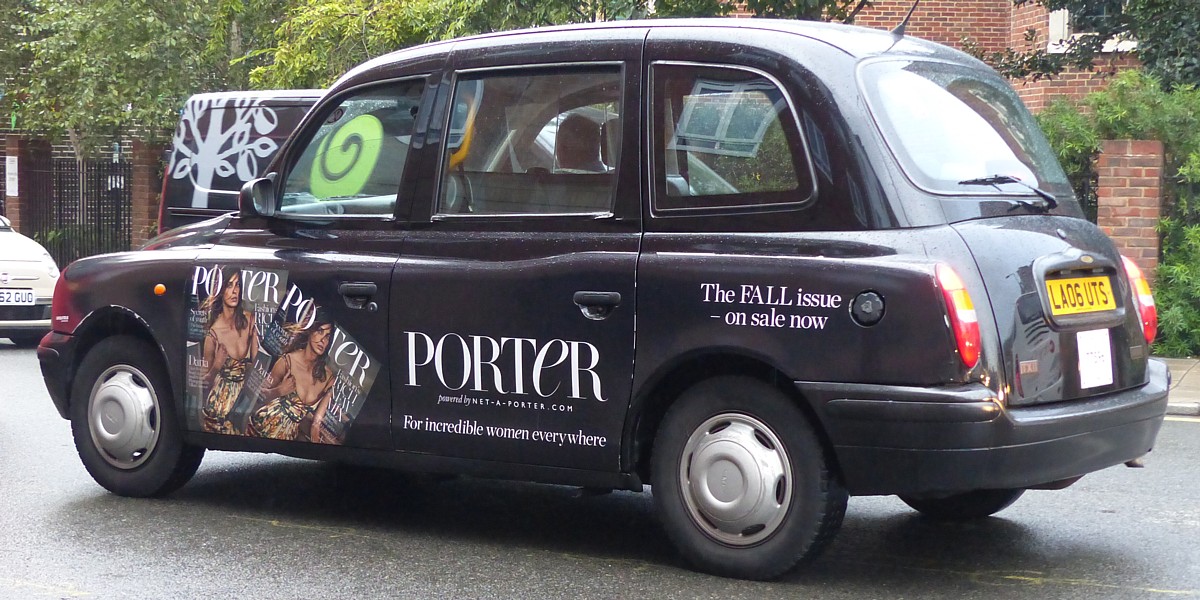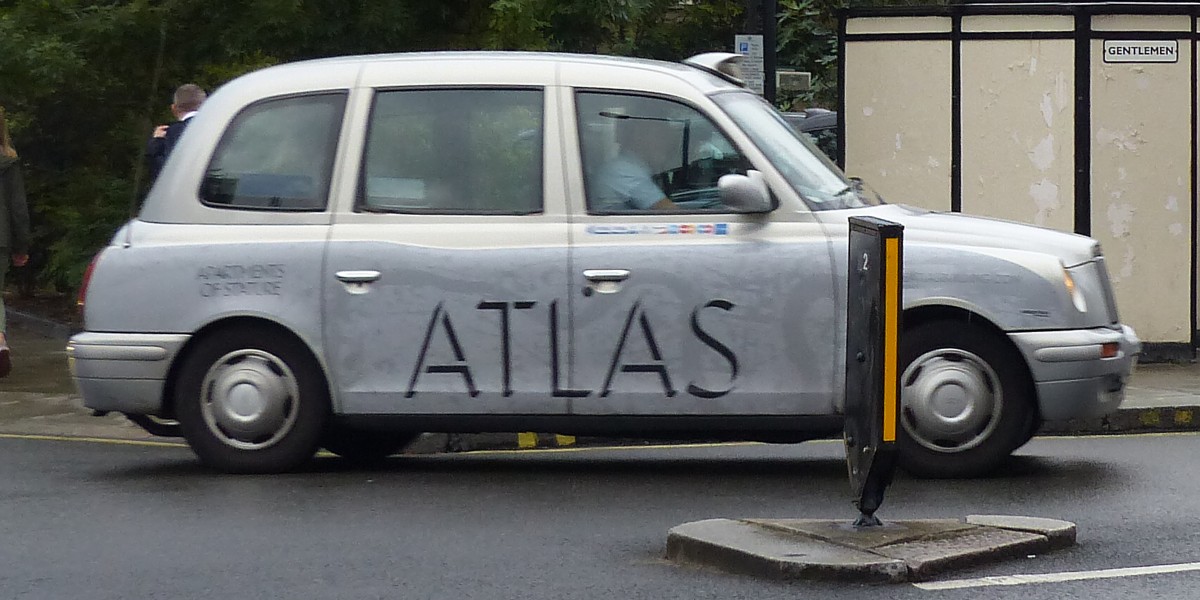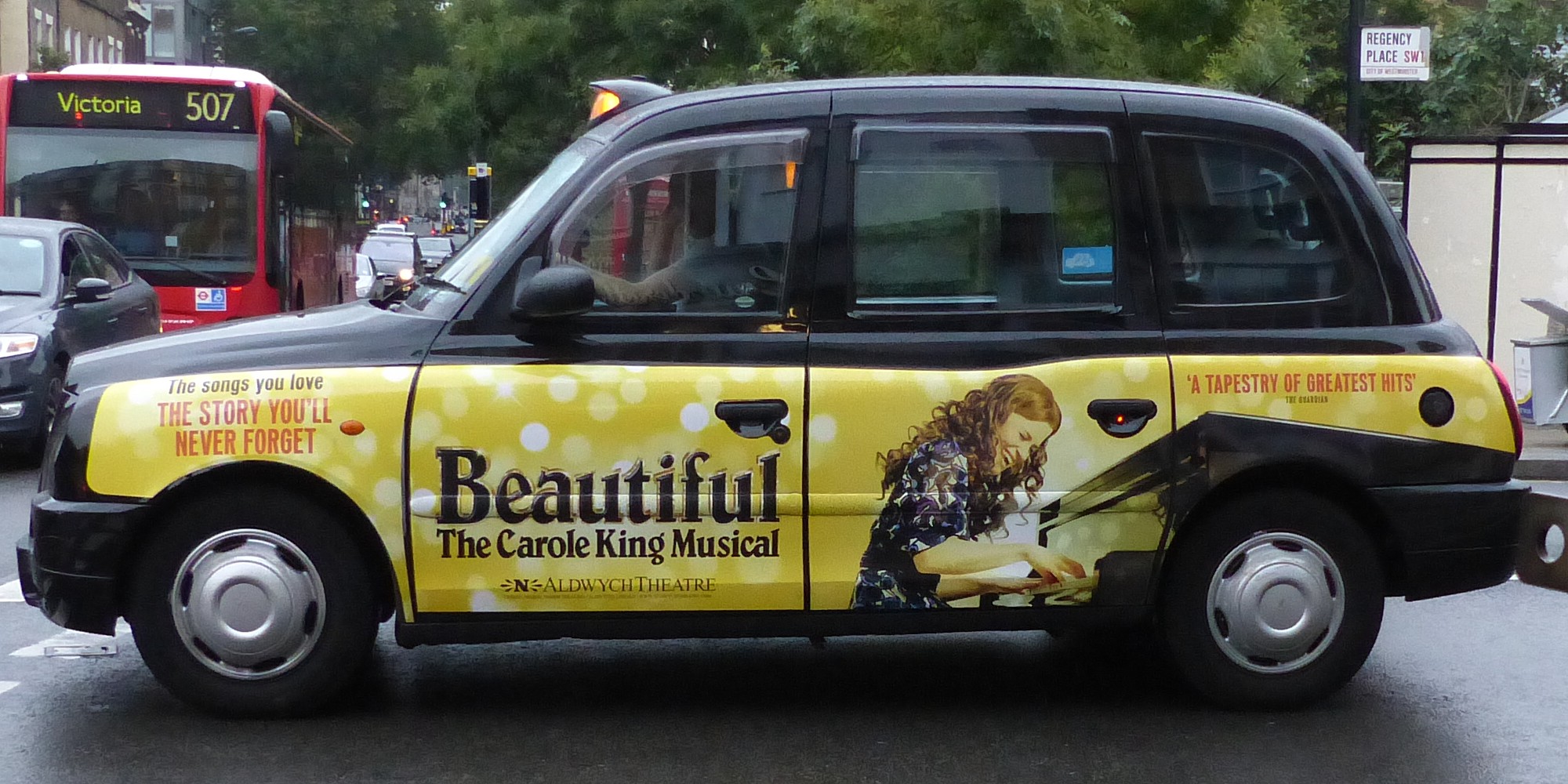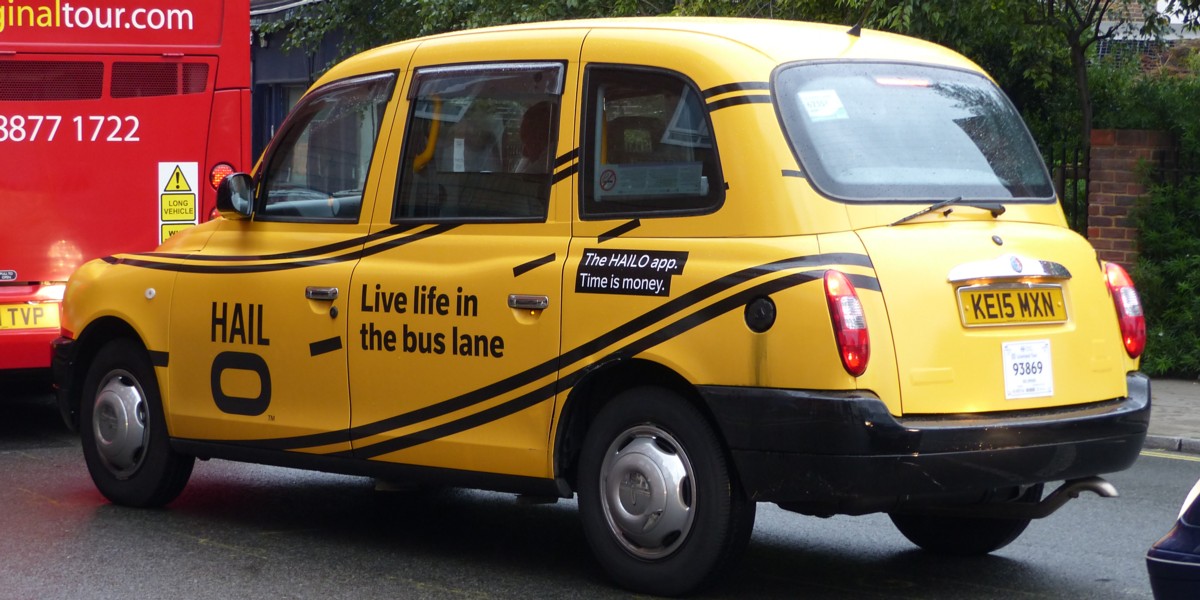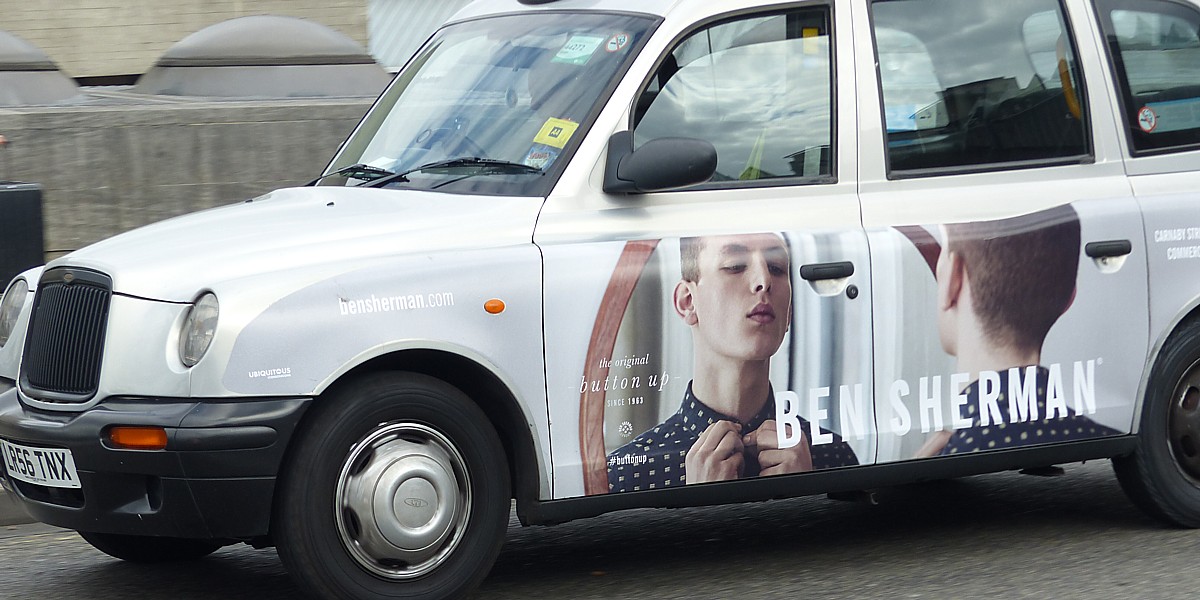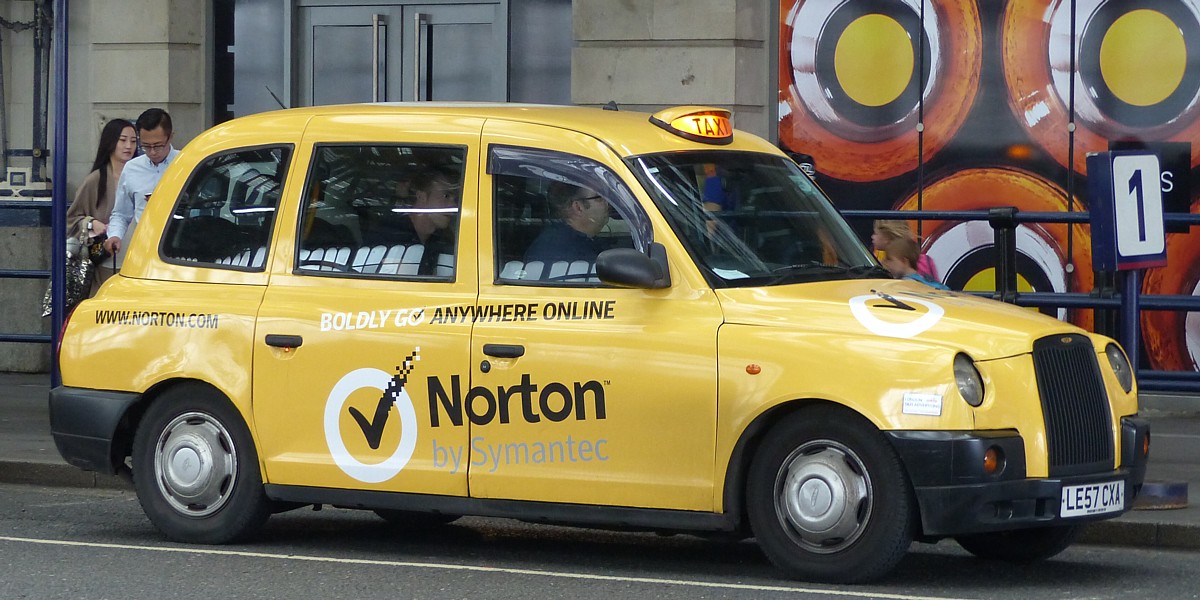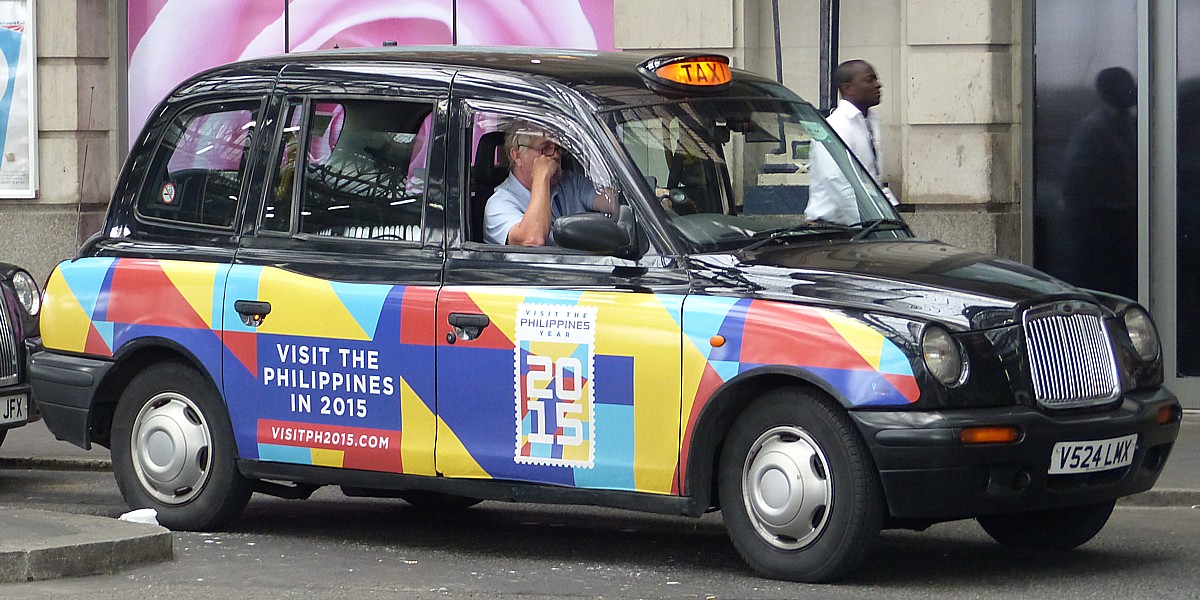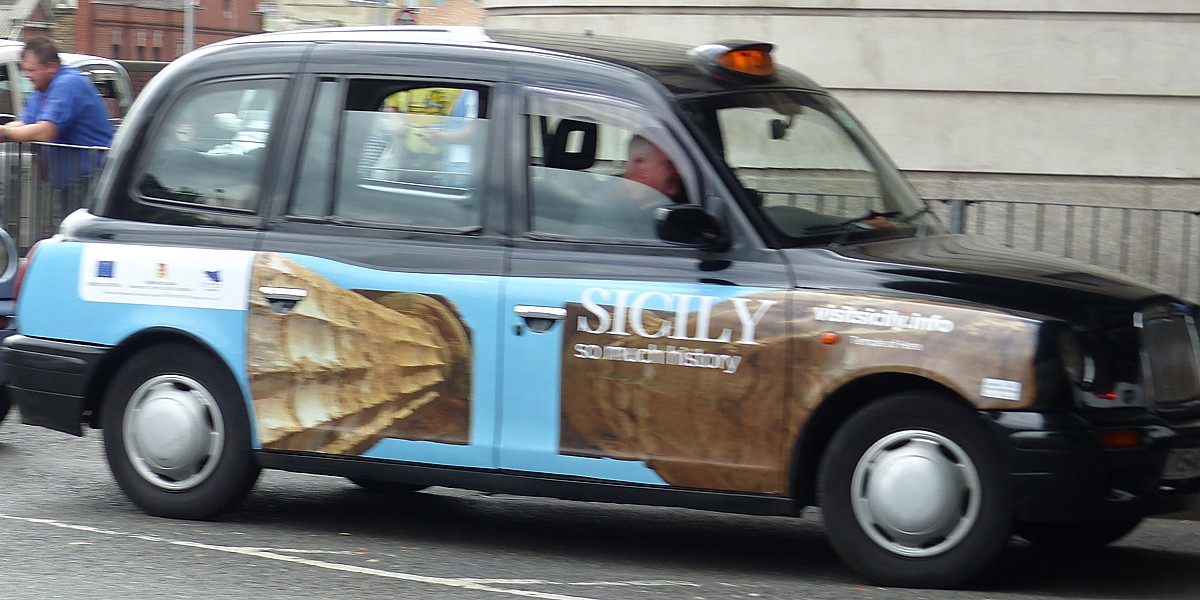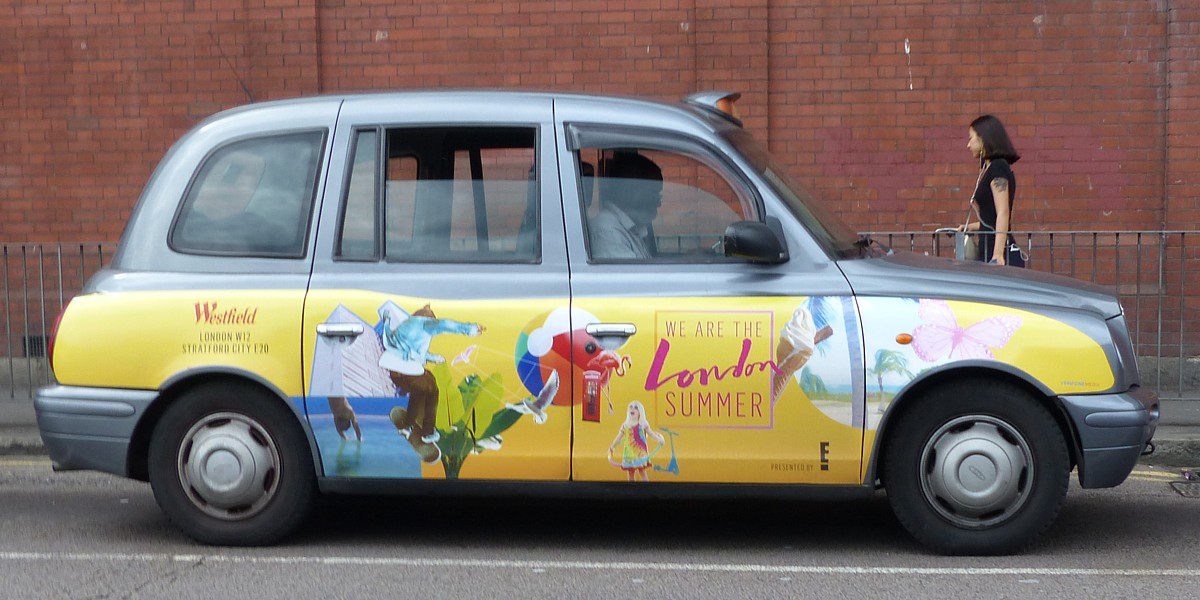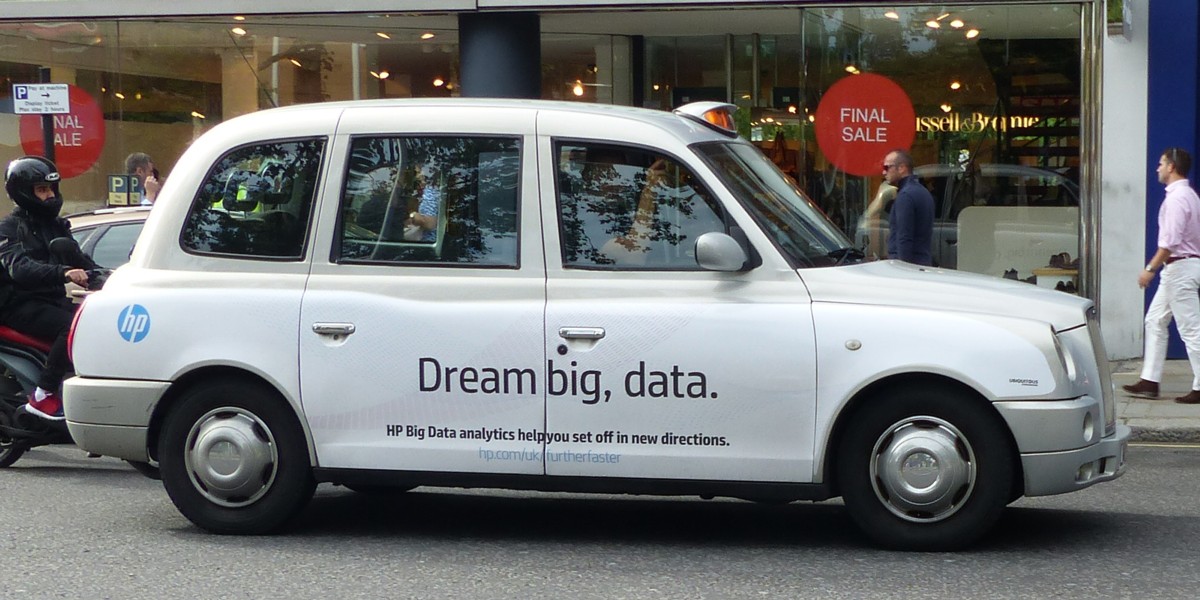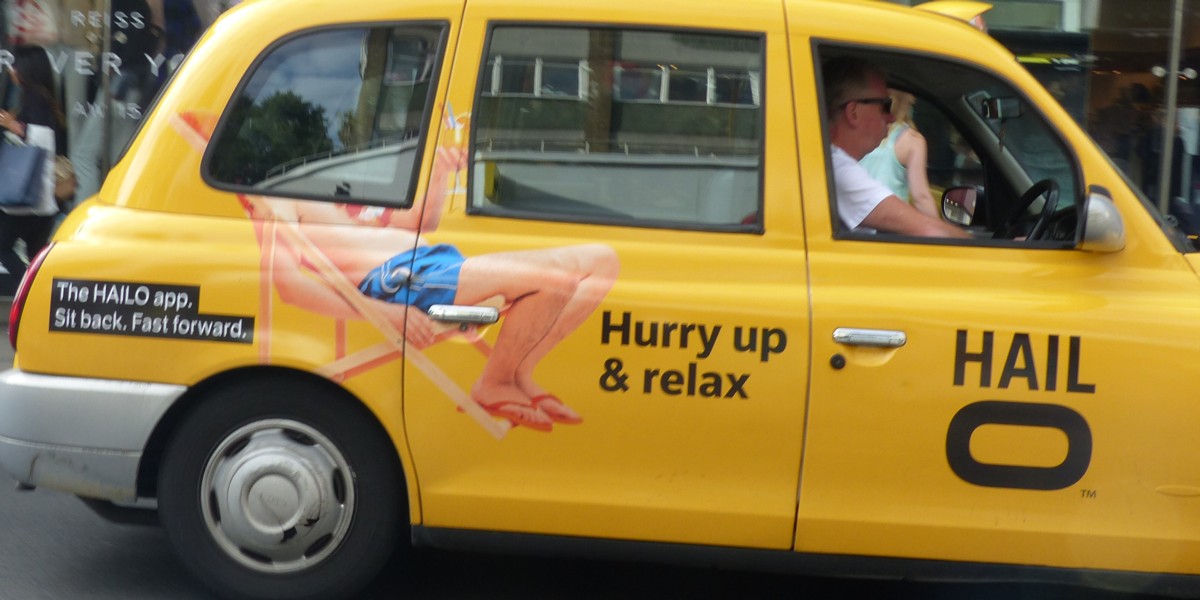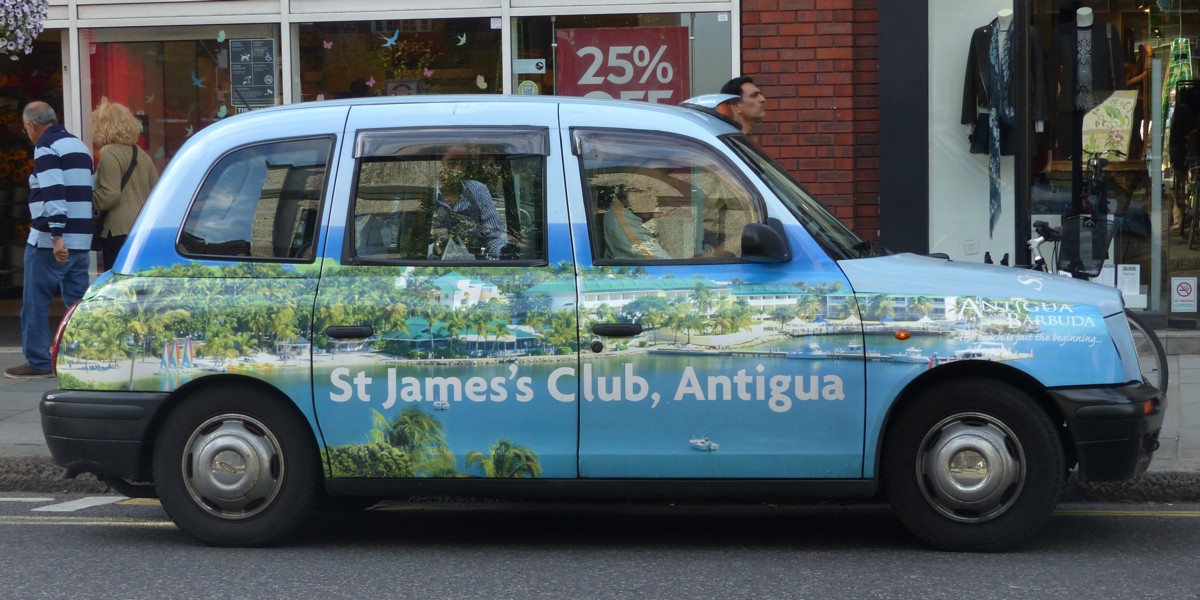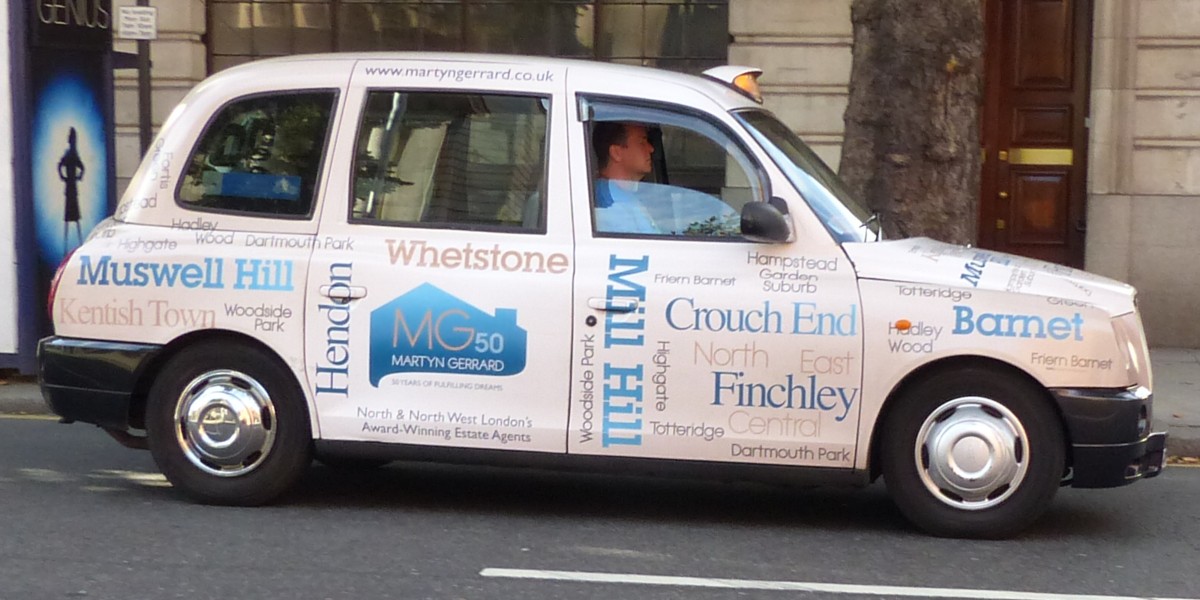Whenever 6k picks up on a posting I did here I always reckon that means I’m onto something, so I’m pleased that he noticed that posting I recently did about a building with a picture of itself on the front.
So, for him and for anyone else interested in such things, here’s another such circumstance, much more recent (February of this year), and much more spectacular. It’s the Royal Albert Hall, no less:
On the left, the big picture. And on the right, we can see the three elements involved in this sort of process. Top left, the ancient Greek looking frieze, that’s the actual Royal Albert Hall itself. On the right, the scaffolding, under a bog standard white covering. And then bottom left, occupying most of the picture, the photo (if that’s what it originally was) of the exact bit (or so I assume) of the Royal Albert Hall that it is covering.
The bit in the middle behind the statue is the also the building itself. “Shadows” is included in the categories list below, on account of there not being any real shadows, just fake ones, when it is just a flat surface. Which makes a real difference to how easy it is to see what the original building consists of. That difficulty actually being an early clue as to what’s really going on.
As often, the trees, although at least leafless, are not helping.
The statue in the front is of Prince Albert. On the other side of the Royal Albert Hall is his Memorial. For a view of the Royal Albert Hall from the same angle, but with rather less scaffolding, and also for some closer-up of this Prince Albert statue, see Royal Albert and his Hall.
LATER: In the original posting, the photo above on the left was a bad choice. I had a better one available, and that has now replaced the first photo.



